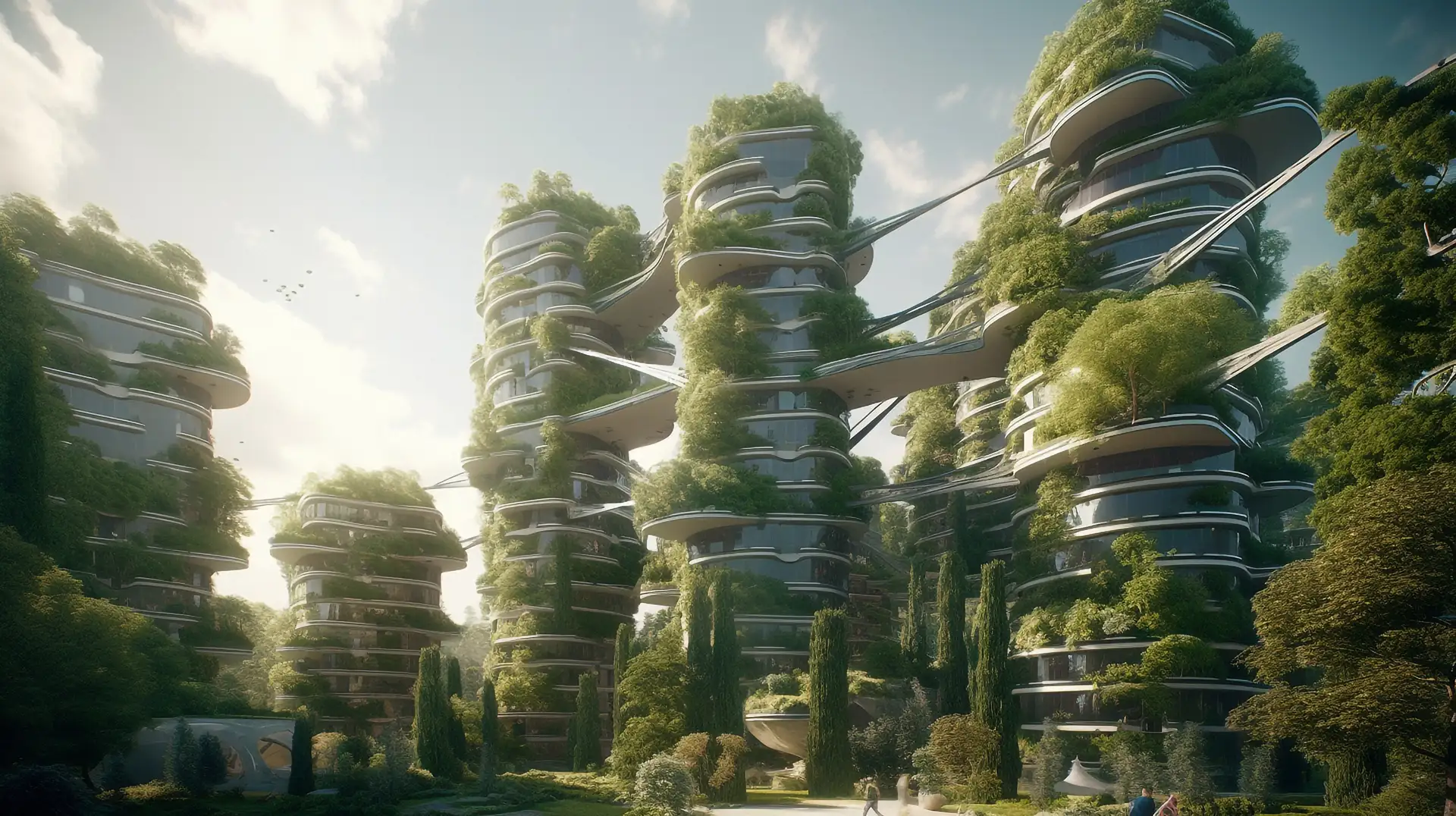Sustainability in Design: Pioneering Eco-Friendly Branding for a Greener Tomorrow
In an era where environmental consciousness has taken center stage, the world of design and branding stands at a unique crossroads. The marriage of creativity and sustainability has birthed a dynamic force known as eco-friendly branding. Beyond just aesthetics, this movement heralds a transformative approach that aligns businesses with the urgent need for a greener tomorrow.
Designing Beyond Aesthetics: The Birth of Eco-Friendly Branding
Eco-friendly branding transcends the realm of aesthetics, becoming a beacon of purpose-driven design. It demands a paradigm shift, urging designers and brands to not only craft visually appealing identities but also to embed sustainability into their core ethos. This is a pivotal shift from merely painting a pretty picture to constructing a narrative that resonates with environmentally conscious consumers.
The Green Thread of Authenticity
Amid the surge in greenwashing and hollow claims of sustainability, authenticity becomes the bedrock of successful eco-friendly branding. A truly sustainable brand doesn’t just sport recyclable packaging; it exudes transparency and genuinely embraces eco-friendly practices across its value chain. From sourcing ethically produced materials to implementing energy-efficient processes, authenticity is key to establishing trust with consumers who demand more than just token gestures.
Reducing Footprints, Amplifying Impact
Eco-friendly branding underscores the significance of measuring and reducing environmental footprints. Life cycle assessments, carbon neutrality goals, and waste reduction strategies are the tools of the trade. Brands that ardently pursue these metrics not only lower their environmental impact but also inspire others to follow suit. This ripple effect has the potential to transform industries, making eco-friendly practices the norm rather than the exception.
From Local to Global: Influencing Consumer Choices
Every eco-friendly design tells a story, one that resonates with the mindful consumer. Brands that adopt sustainable practices are increasingly influencing consumer choices. The eco-conscious shopper is empowered by the ability to make a positive impact with their purchases. The power of design lies in crafting narratives that embolden consumers to be part of a larger movement for change.
Designing Tomorrow: The Role of Innovation
Eco-friendly branding is not confined to conventional aesthetics. It’s a dynamic canvas that embraces innovation. From algae-based inks to upcycled packaging, designers are pushing boundaries, creating novel solutions that redefine sustainability. This innovative spirit doesn’t just serve brands; it catalyses an ecosystem where eco-friendly practices can evolve and flourish.
The Call for Collaboration: Bridging Design and Sustainability
Eco-friendly branding represents a remarkable convergence of design and sustainability. It beckons designers, businesses, and consumers to come together in a harmonious symphony. It calls for collaborations that transcend industry silos, marrying creativity with sustainability’s practicality. Only by joining forces can we sculpt a future where design’s allure and sustainability’s urgency are not competing forces, but united powers.
Conclusion
Eco-friendly branding isn’t a trend; it’s a mandate for a world grappling with environmental challenges. Designers and brands hold the palette and brush with which this sustainable future is painted. The canvas isn’t just a product; it’s the planet we share. With eco-friendly branding, we can paint a picture of hope, ethics, and responsibility, creating a legacy that speaks volumes about our commitment to a greener, more vibrant Earth.


